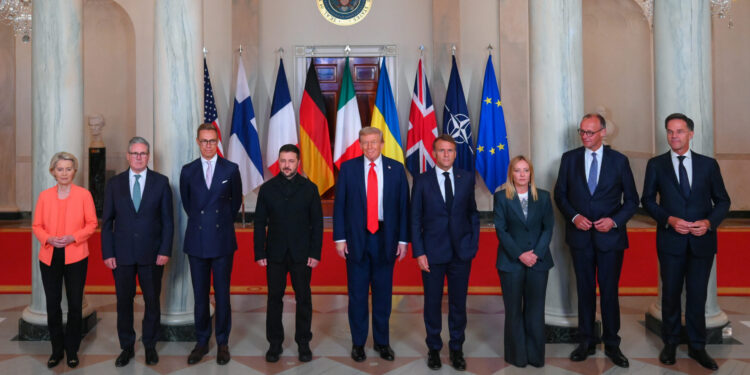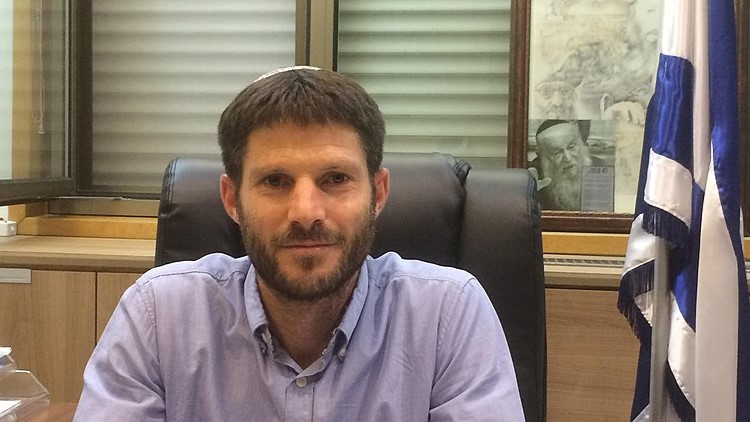Ukrainian President Volodymyr Zelensky met in Washington with Donald Trump and a prominent group of European leaders in a gathering that revealed a dramatic shift from past tensions: a constructive tone, messages of unity, and, at the same time, notable uncertainty about the road ahead.
The meeting, held at the White House, became a test of Europe’s ability to shape the transatlantic agenda. Ursula von der Leyen, Emmanuel Macron, Friedrich Merz, and Keir Starmer attended to bolster Kyiv’s position in a context defined by Russian pressure and the wear of war. President Trump appeared receptive, spoke of offering Ukraine “very strong protection,” and even floated the idea of a trilateral meeting with Putin, although European skepticism was palpable. While Washington wavers between ambiguity and pragmatism, Brussels is intent on ensuring that any peace initiative rests firmly on Ukrainian sovereignty.
Zelensky’s change in tone did not go unnoticed. His formal attire and more measured rhetoric contrasted with the combative style of his previous visit. It was a way of signaling openness to dialogue without conceding on core principles. “Only Kyiv will decide on Ukraine’s future,” the president reiterated, stressing that the country’s Constitution prohibits the ceding of territory. This gesture reinforced the sense that the Ukrainian leader has grasped that diplomacy, not just military resistance, will be decisive in the next phase of the conflict.
The debate over security guarantees was one of the central axes. Europe insisted that protection for Ukraine cannot be left to vague commitments, but must be translated into assurances comparable to a collective shield. For several leaders, the model should approach NATO’s Article 5, though without an immediate formal accession. Trump refrained from specifics, aware that his room for maneuver is constrained by internal divisions in the United States. This ambivalence leaves unanswered questions over the sustainability of aid and the real scope of American support.
The geopolitical implications extend well beyond the European theater. In the Asia-Pacific and the Middle East, observers are closely watching how Washington defines its commitment in Ukraine, since any sign of weakness could be mirrored in other regions. For the EU, the meeting underscored the necessity of strengthening its strategic autonomy and acting as a guarantor of balance that does not rely exclusively on the White House. The trip to Washington, far from settling the debate, has opened a new phase: more diplomatic, more complex, with Europe assuming a central role—yet also greater responsibilities.







